Vampire films have been around as long as cinema itself, and yet, the best of them feel timeless. From silent-era shadow creatures to existential blood-drinkers, the vampire has proven endlessly adaptable: a metaphor for disease, desire, addiction, and loneliness. Sure, they were de-fanged in the 2000s, but recent movies like Nosferatu and Sinners prove the monsters still have a little bite left in them.
The masterpieces on this list stand apart not just for their horror or sensuality, but for how they reflect the eras that birthed them. These ten films each approach the vampire myth from a different angle, whether funny, tragic, brutal, or romantic, but all of them leave a mark.
10
‘Thirst’ (2009)
Directed by Park Chan-wook
“I have to do this to survive. But it doesn’t mean I’ve stopped being a priest.” Thirst is a fever dream; gory, sensual, and morally deranged in all the right ways. Park Chan-wook‘s film follows a Catholic priest (Song Kang-ho) who becomes infected with vampirism during a medical trial, and whose newfound thirst leads him into a dangerous affair with a repressed housewife (Kim Ok-vin). From there, it only gets bloodier, funnier, and more tragic.
Thirst gleefully reinvents vampire tropes in service of its themes. Desire and guilt are inseparable here, tangled in a spiral of lust, faith, and savagery. Park’s signature style (opulent violence, dark humor, operatic intensity) is on full display. But what makes Thirst impressive is its refusal to moralize. It lets its characters wallow in ambiguity, torn between love and destruction. It’s a story of temptation with no easy absolution, a descent into sin where even martyrdom feels erotic.
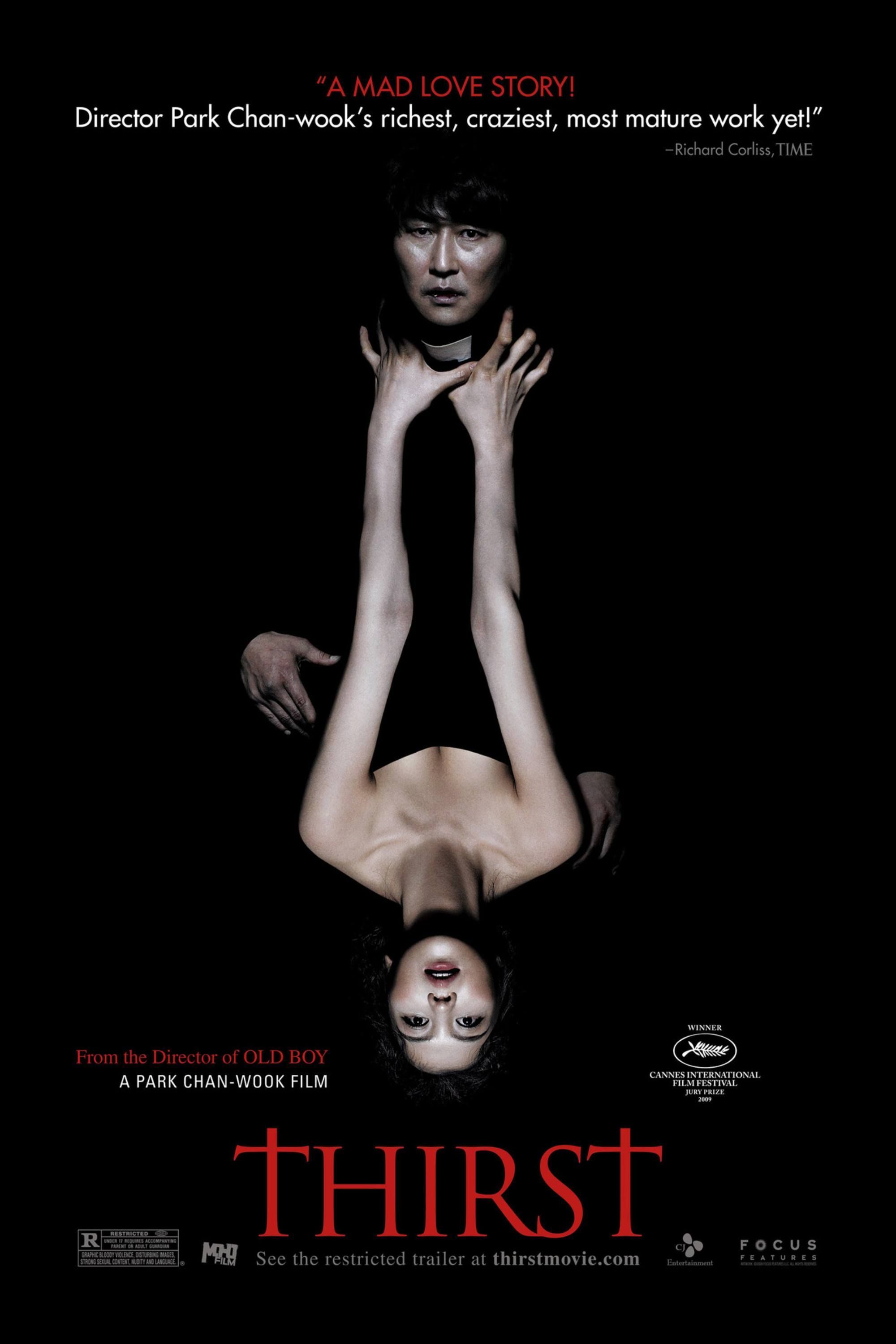
Thirst
- Release Date
-
April 30, 2009
- Runtime
-
134 Minutes
9
‘Blade’ (1998)
Directed by Stephen Norrington
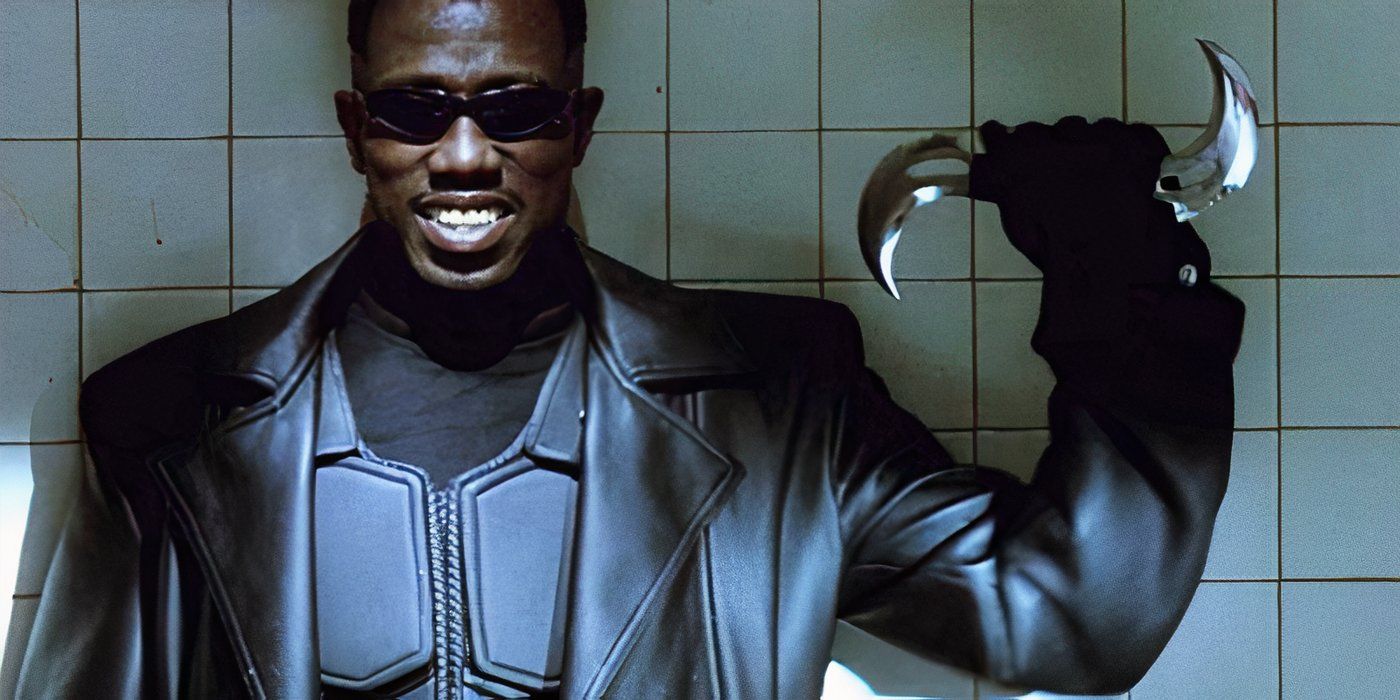
“Some motherf—ers are always trying to ice-skate uphill.” Blade is the movie that made vampires cool again, and arguably the film that launched the modern superhero era. Wesley Snipes plays the titular daywalker with unmatched swagger, slicing through vampire elites with swords, stakes, and sunglasses before sunrise. It’s some of his most entertaining work. The plot is pulpy, the effects occasionally dated, but the energy? Untouchable.
It’s violent, stylish, and bursting with attitude. There are quirky camera angles, rapid-fire edits, and highly stylized shadows everywhere. What elevates Blade into masterpiece territory is how fully it commits to its comic-book world while grounding it in martial-arts grit and horror aesthetics. There’s techno in the clubs, blood in the sprinklers, and trench coats in every fight scene. It’s an unapologetic mix of vampire myth and street-level brutality. Long before Marvel built an empire, Blade bled for the blueprint. It still holds up, and still slaps.
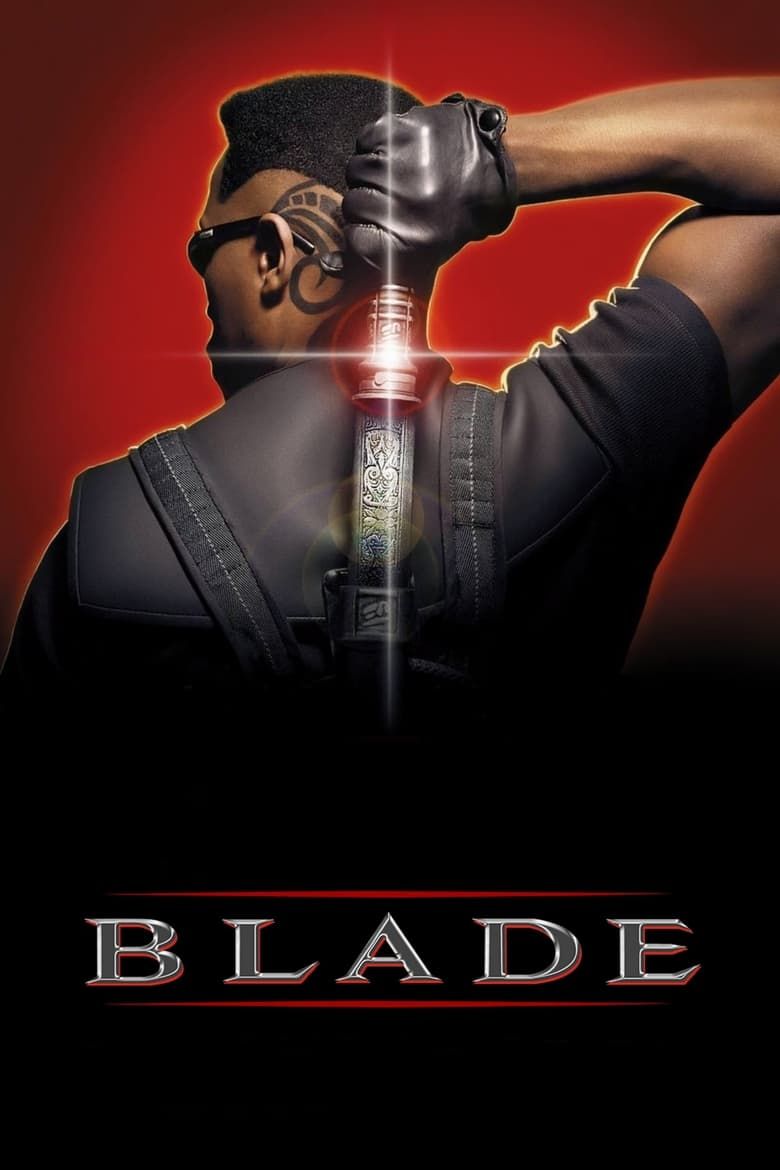
Blade
- Release Date
-
August 21, 1998
- Runtime
-
120 Minutes
8
‘Nosferatu’ (2024)
Directed by Robert Eggers
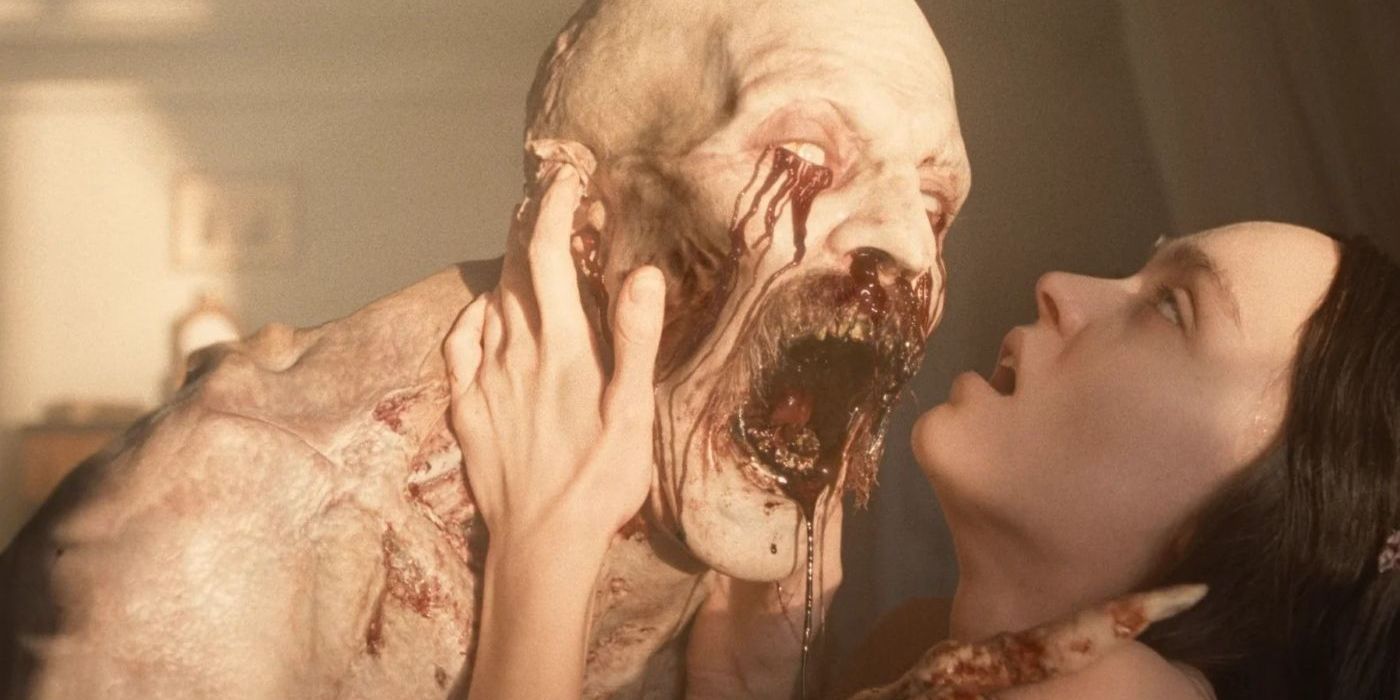
“You’ll be lucky to die before he drinks you.” Nosferatu is Robert Eggers‘ love letter to German Expressionism, resurrecting the 1922 classic with a gothic vengeance. This isn’t a remake, it’s a reimagining, dripping with dread and reverence. Bill Skarsgård plays Count Orlok as less a man than a myth, a creature of pestilence, obsession, and primal hunger. He’s genuinely scary.
On the visual side, Eggers crafts every frame like an old painting, shadowy and stifling, with period-accurate textures and eerie silence punctuated by operatic bursts. The sets creak with rot. The lighting is bruised and biblical. This is horror as haunting, slow and sick with atmosphere. In particular, the movie taps into the fear of invasion, of decay, of losing one’s soul to something ancient and patient. Ultimately, Nosferatu becomes a kind of plague: faceless, wordless, inevitable. It’s bold, brutal, and somehow both timeless and completely of its moment.
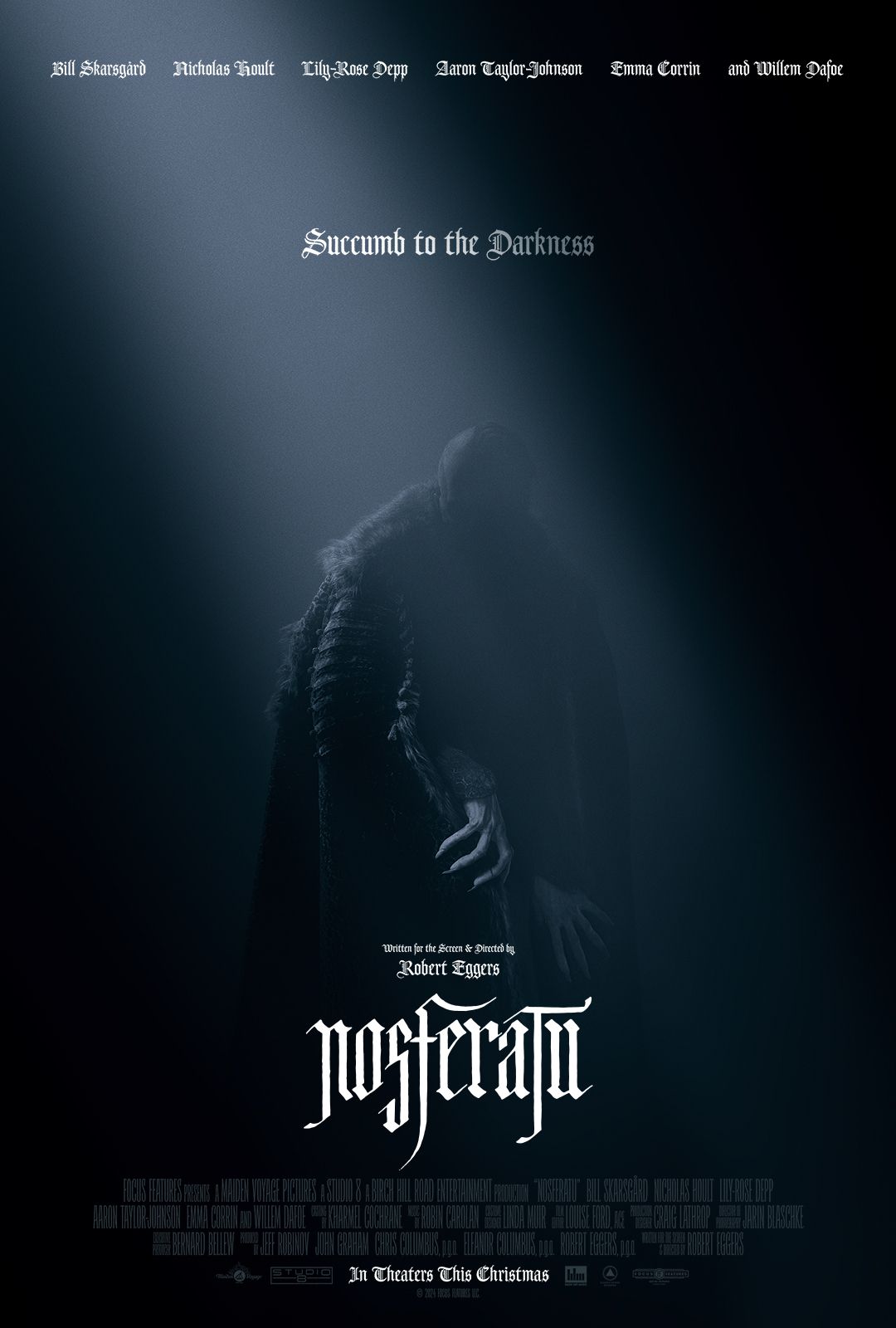
Nosferatu
- Release Date
-
December 25, 2024
- Runtime
-
132 Minutes
7
‘Only Lovers Left Alive’ (2013)
Directed by Jim Jarmusch
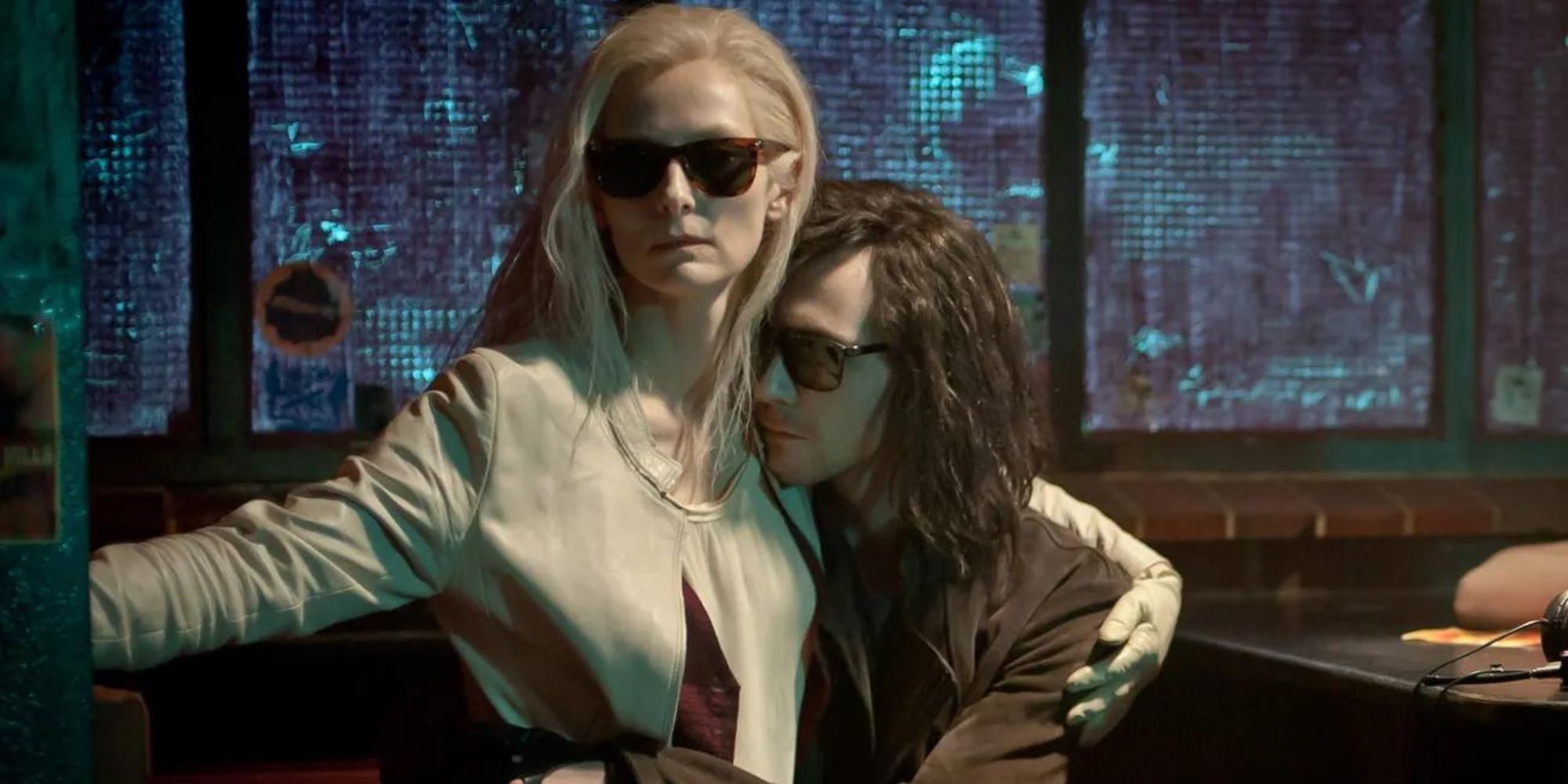
“Life is short. Art is long.” Only Lovers Left Alive is a vampire film for the world-weary: dreamy, drowsy, and drenched in music. Tom Hiddleston and Tilda Swinton play Adam and Eve, two ancient vampires wandering the ruins of modernity. One is a suicidal musician in Detroit, the other a serene bibliophile. They don’t sparkle or stalk. Rather, they drift, trading books, vinyl, and melancholic glances in half-empty cities.
In other words, Jim Jarmusch strips away the horror and replaces it with mood. Pure, uncut atmosphere. This film isn’t about death. It’s about after death, and how immortality doesn’t guarantee meaning. The characters’ conversations meander through philosophy, physics, and poetry. The performances are magnetic, the cinematography glows like old jazz, and the blood is more like wine; sipped, not spilled. This all makes Only Lovers Left Alive the rare vampire film that aches rather than bites. It’s poetry for the undead.
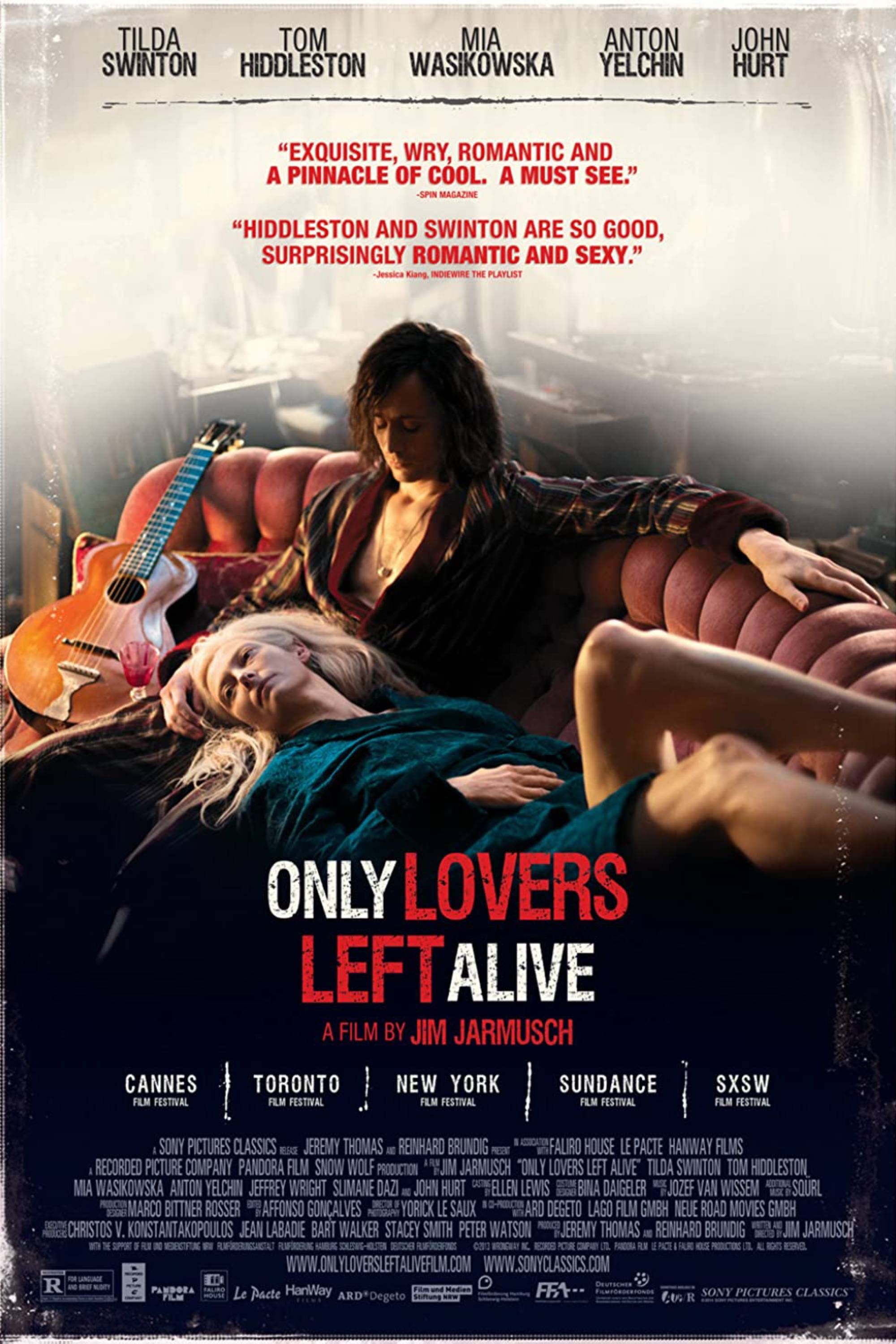
Only Lovers Left Alive
- Release Date
-
December 25, 2013
- Runtime
-
123minutes
- Director
-
Jim Jarmusch
- Writers
-
Jim Jarmusch
6
‘Bram Stoker’s Dracula’ (1992)
Directed by Francis Ford Coppola
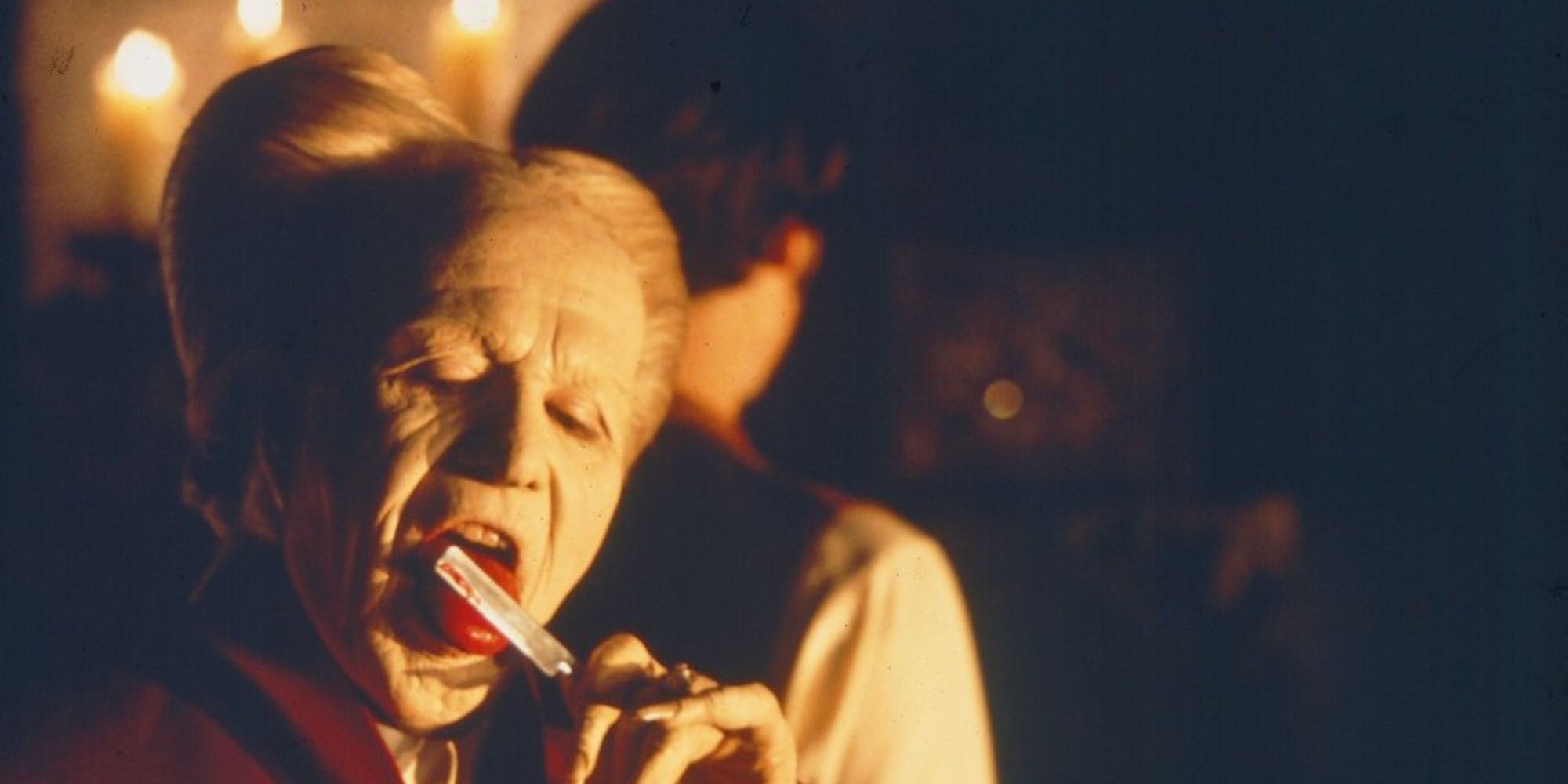
“I have crossed oceans of time to find you.” Bram Stoker’s Dracula is baroque, bonkers, and absolutely beautiful. Francis Ford Coppola‘s adaptation is faithful to the novel’s structure but cranked up with operatic fervor. Gary Oldman‘s count is at once a tragic lover, a monster, and a warlord of legend. Not content to simply retell his story, the film drenches it in lust and sorrow.
Every frame is handcrafted, bursting with theatricality and practical effects that feel like old-school magic. Shadows stretch unnaturally. Costumes billow like nightmares. Winona Ryder, Anthony Hopkins, and Keanu Reeves fill out the cast with varying levels of commitment (the less said about Keanu’s accent, the better), but it’s Oldman who haunts every scene. His Dracula is myth incarnate, pining and punishing in equal measure. All in all, this movie is a masterpiece because it dares to feel as grand and doomed as the bloodsucker himself.
Dracula
- Release Date
-
May 19, 1999
- Runtime
-
92 minutes
5
‘Interview with the Vampire’ (1994)
Directed by Neil Jordan
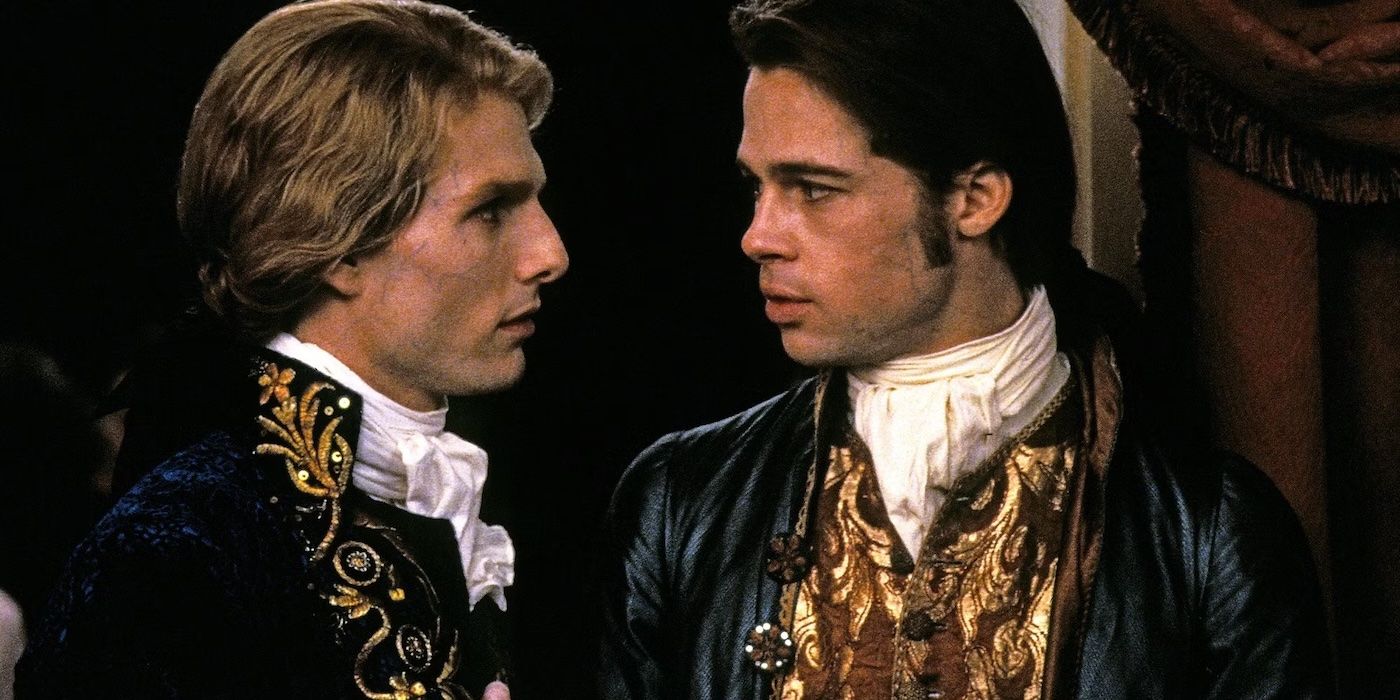
“To be dead is to be free.” Like Only Lovers, Interview with the Vampire luxuriates in the melodrama of immortality, but with a harder and more violent edge. Told across centuries, it follows Louis (Brad Pitt), a reluctant vampire recounting his life to a journalist, and his creator Lestat (Tom Cruise), a flamboyant predator who delights in blood and chaos. The result is a gothic epic soaked in velvet, firelight, and fatalism.
Cruise and Pitt are electric opposites: one seductive and unhinged, the other mournful and restrained. In terms of the aesthetics, Neil Jordan‘s direction revels in sensuality but never forgets the cost. The addition of a vampiric child (a terrifyingly good Kirsten Dunst) adds another layer of tragedy, showing just how warped eternal youth can become. Few vampire films have aged this well (even if the spinoff show isn’t great). It’s romantic, grotesque, and oddly intimate, a confession disguised as a horror story.
4
‘Dracula’ (1931)
Directed by Tod Browning
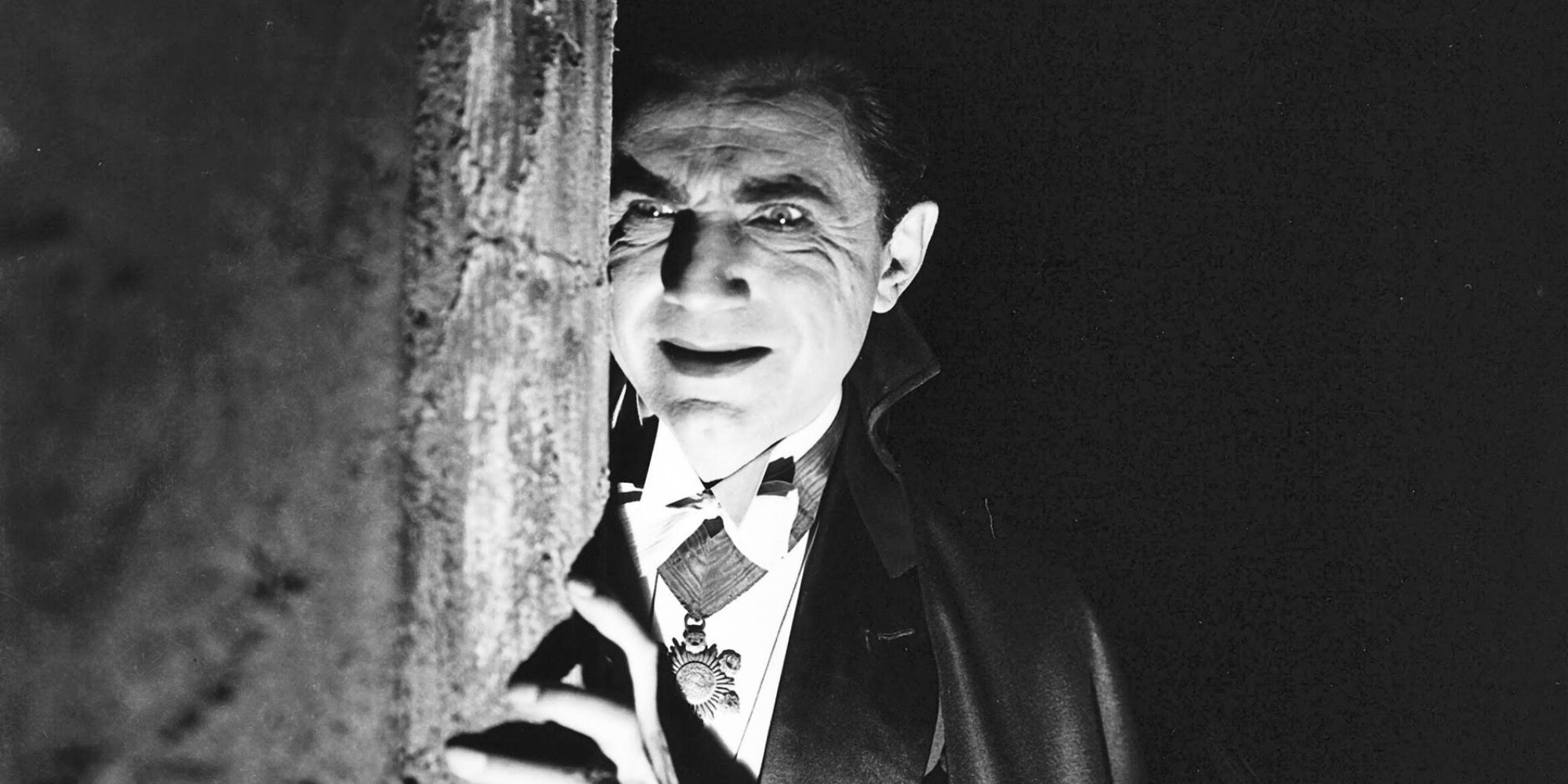
“I never drink… wine.” 1931’s Dracula may be primitive by modern standards, but its influence is incalculable. Bela Lugosi‘s performance as the Count defined the vampire as a creature of elegance, menace, and foreign seduction. The accent, the cape, the stare; it all began here. And it still lingers in the popular imagination nearly a century later. This is simply one of the most iconic monster performances ever.
Sure, the film as a whole is creaky and stagebound, but that only adds to its charm. It moves like a play, but that also gives it an eerie stillness. Tod Browning‘s sparse direction creates an uncanny silence that modern horror rarely explores. There’s almost no score, and the quiet becomes a kind of dread. Dracula is a relic but also a cornerstone. Without it, there’s no Lestat, no Blade, no Barlow, no Orlok. Just shadows waiting to be born. It may be old, but its bite is still cold.
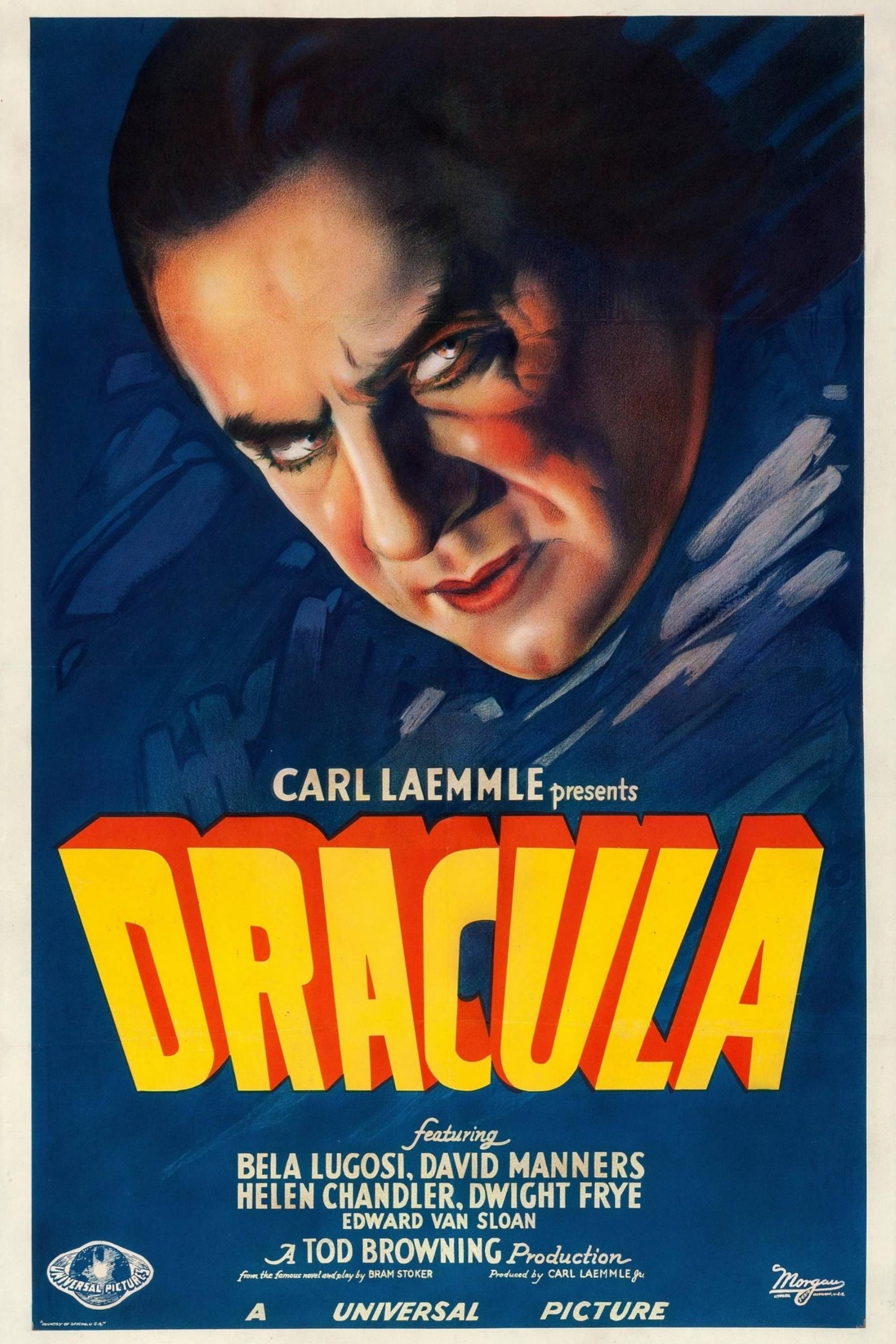
Dracula
- Release Date
-
February 12, 1931
- Runtime
-
74 Minutes
3
‘What We Do in the Shadows’ (2014)
Directed by Taika Waititi & Jemaine Clement
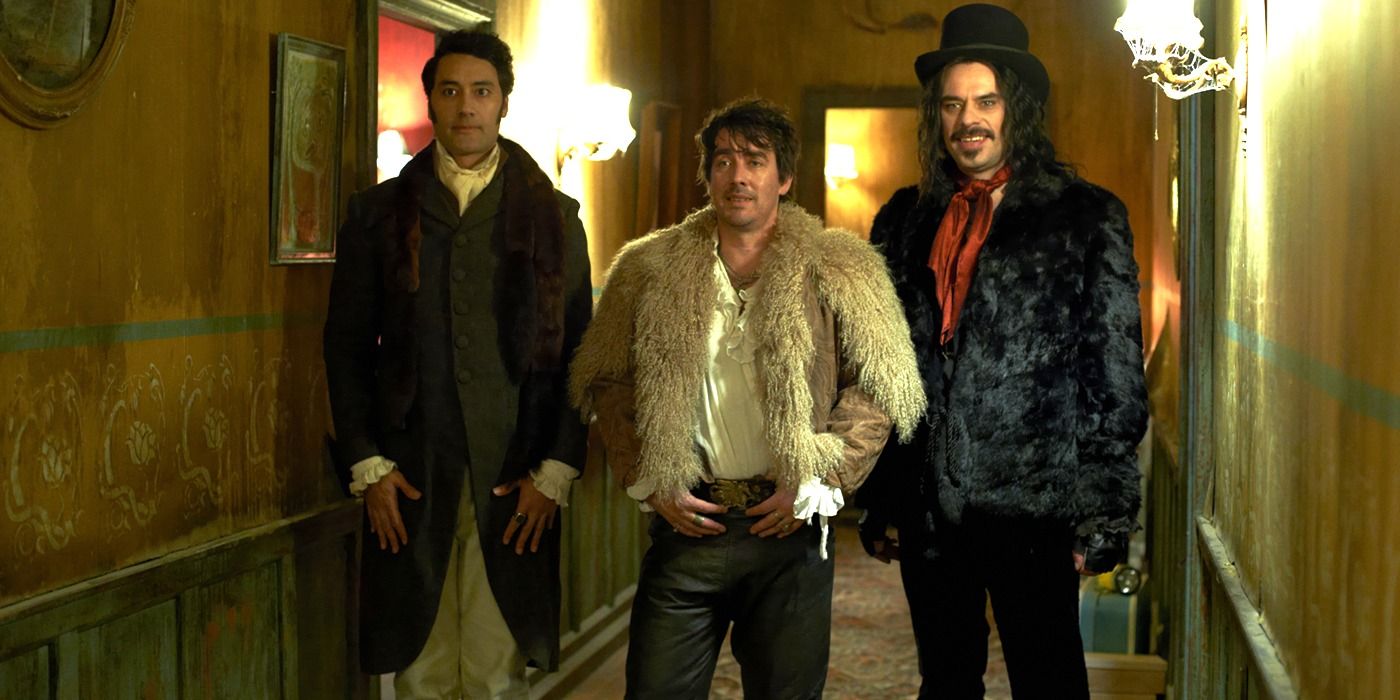
“Werewolves, not swearwolves.” What We Do in the Shadows is possibly the funniest vampire movie ever made and certainly one of the most affectionate. Shot as a mockumentary, it follows a group of vampire roommates in Wellington, New Zealand as they argue about chores, fashion, and feeding etiquette. It’s absurd, but never dismissive. Taika Waititi and Jemaine Clement understand the genre they’re spoofing, and they honor it even while lampooning it.
As a result, the movie finds joy in the boredom of immortality and makes roommates out of monsters. There are rivalries with werewolves, awkward nightclub outings, and hypnotic mishaps. The gags are clever, the world-building immaculate, and the heart surprisingly sincere. Beneath the blood and bickering, it’s a film about friendship, adaptation, and figuring out who you are after a few hundred years of being bad at it. Not just a spoof, but a warm, undead hangout. The series it spawned is even better.
2
‘Let the Right One In’ (2008)
Directed by Tomas Alfredson

“Would you still like me if I weren’t a girl?” Let the Right One In is as tender as it is terrifying. Set in a snowy Stockholm suburb, it follows Oskar (Kåre Hedebrant), a bullied 12-year-old boy, and Eli (Lina Leandersson), the strange child next door who only comes out at night. As their friendship deepens, so does the film’s tension, as well as its sadness. Eli isn’t just a vampire. She’s a tragedy. A predator, yes, but also a companion. Both characters are layered and real.
This is a love story where horror and comfort share a bed. Tomas Alfredson‘s direction is spare and haunting, with violence that erupts when you least expect it. Every frame is cold and soft. Yet what sets this film apart is its empathy. It doesn’t glorify monstrosity, but it doesn’t deny longing either. For all these reasons, Let the Right One In redefined what a vampire movie could be. Intimate, existential, and cruelly beautiful. A quiet masterpiece.
1
‘Nosferatu’ (1922)
Directed by F.W. Murnau
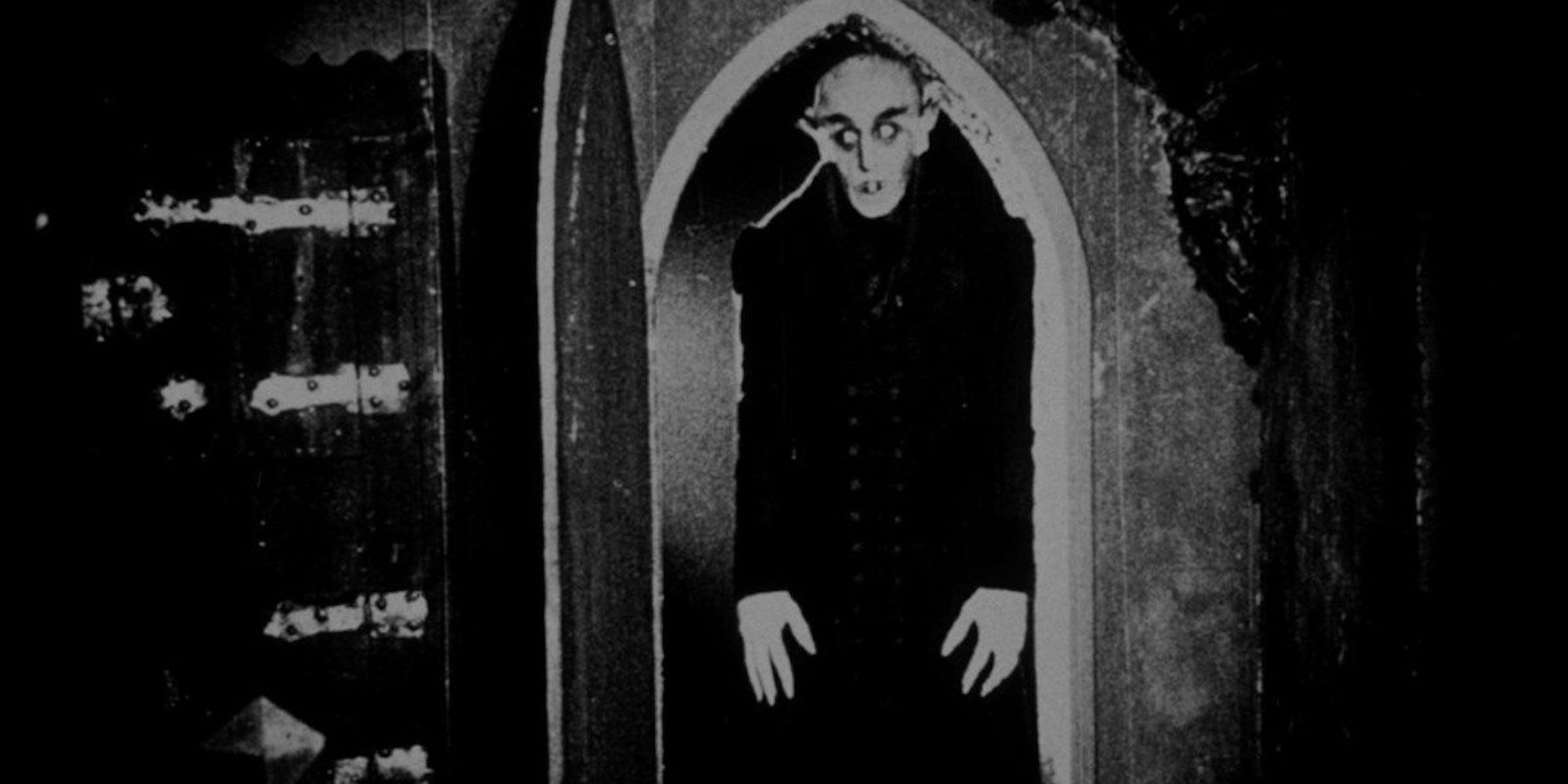
“Do not speak his name. Do not invite him in.” The original Nosferatu is the root of all cinematic vampirism. An unauthorized adaptation of Dracula, it replaces that character with Count Orlok, an inhuman, rat-toothed monster played with endless creepiness by Max Schreck. The makeup is unforgettable. The shadow creeping up the staircase is iconic. And a century later, it still chills.
A silent film, Nosferatu blends German Expressionism with folklore unease. The horror is slow and spectral, unfolding like a nightmare you can’t quite wake from. The film is grainy, flickering, and filled with strange edits and surreal imagery. This only makes it freakier. There’s no romance in this one, no charisma. Just death, disease, and hunger. Nosferatu is a reminder that vampires weren’t always sexy. Sometimes, they were just shadows waiting at the window. A cornerstone of horror history, and a whisper of what darkness used to mean.
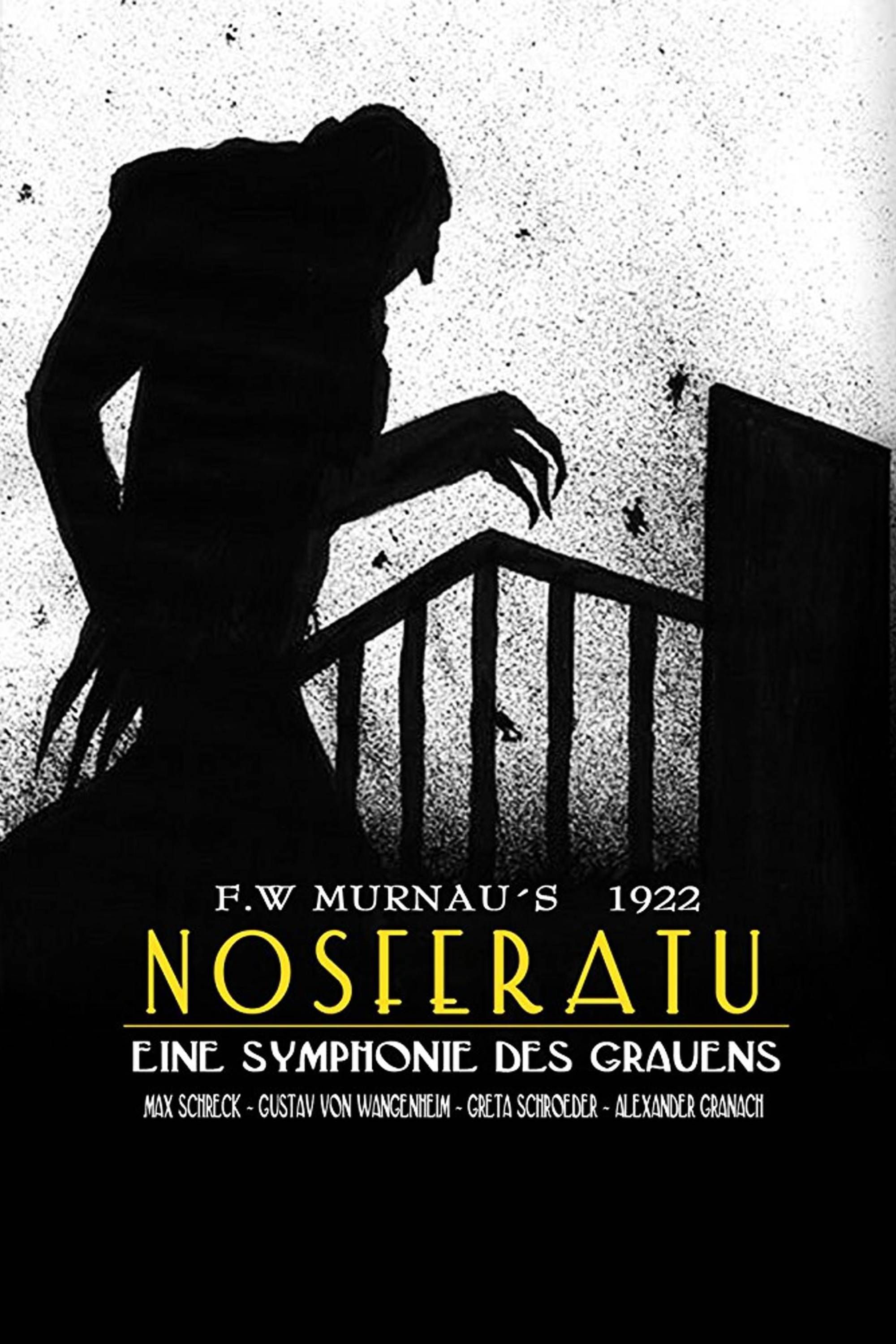
Nosferatu
- Release Date
-
February 16, 1922
- Runtime
-
95 Minutes
NEXT: 10 Essential Christopher Walken Movies, Ranked


